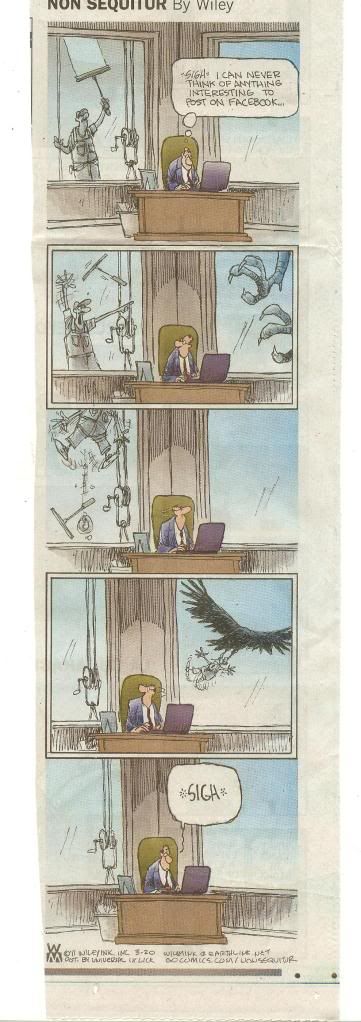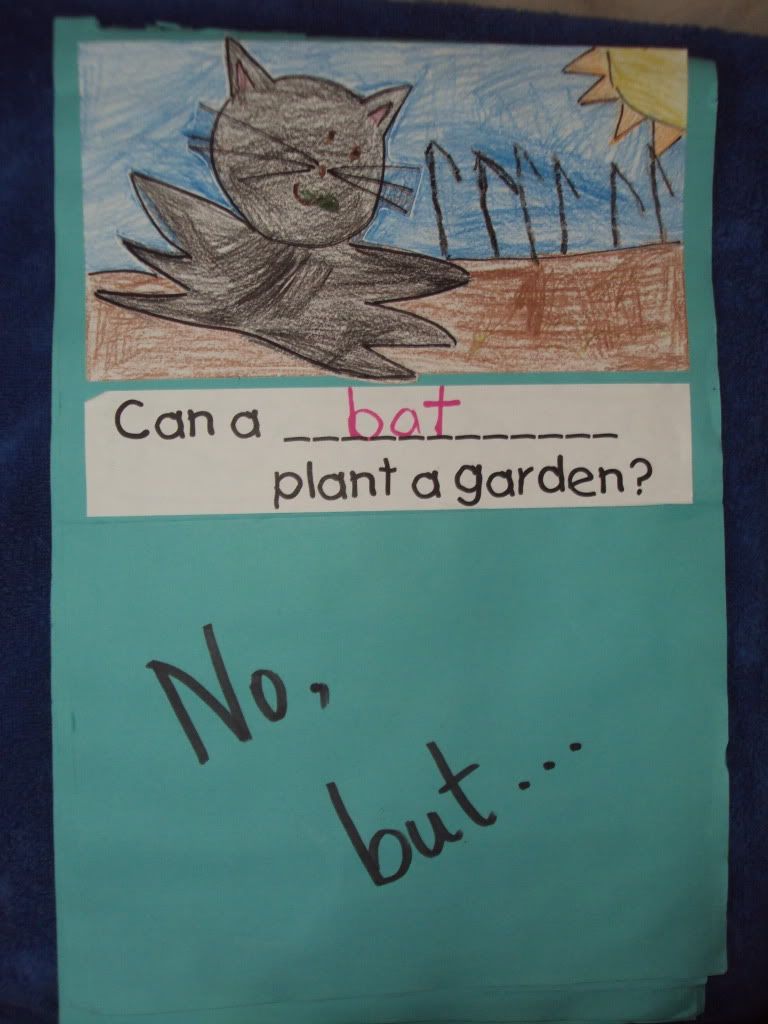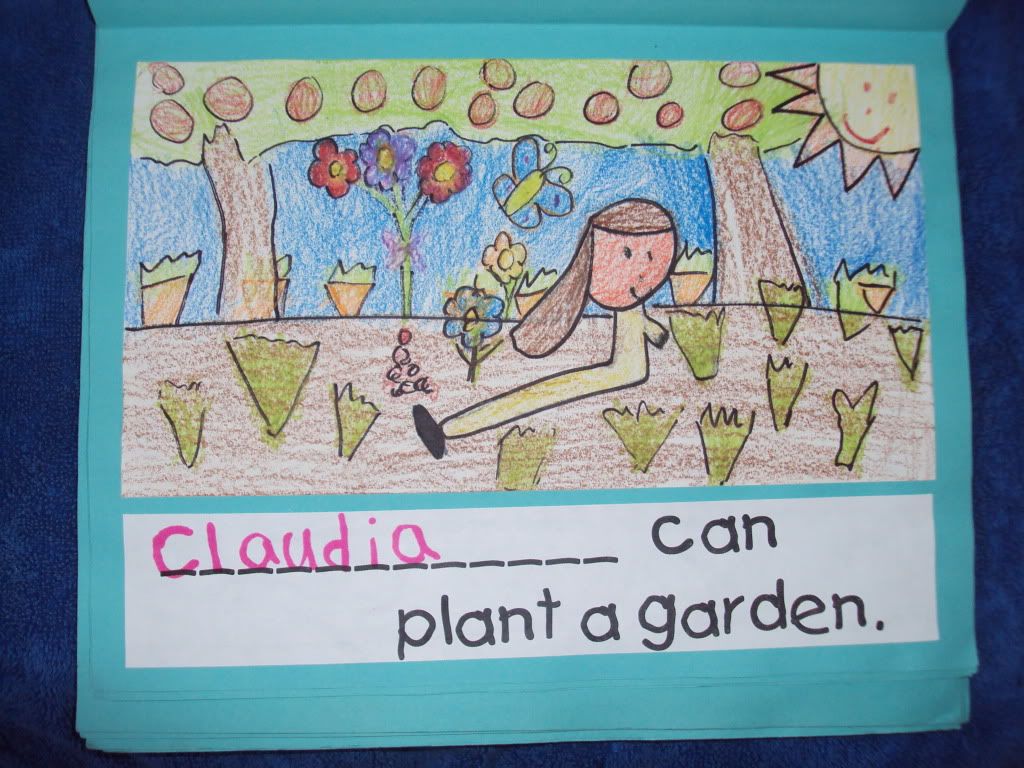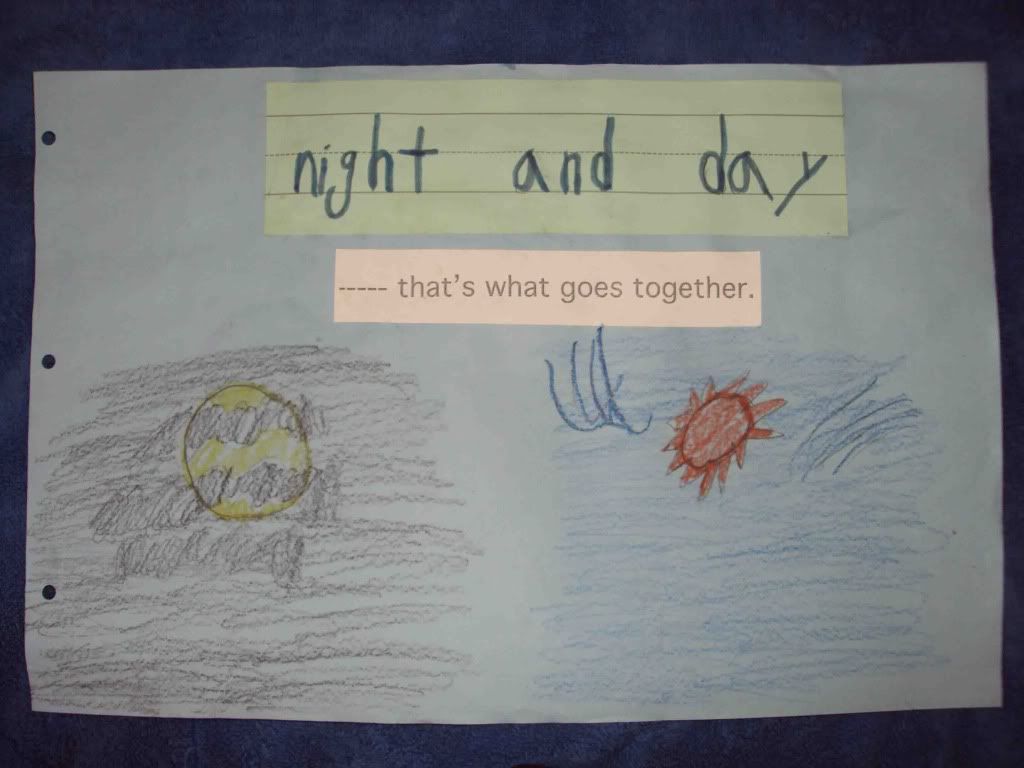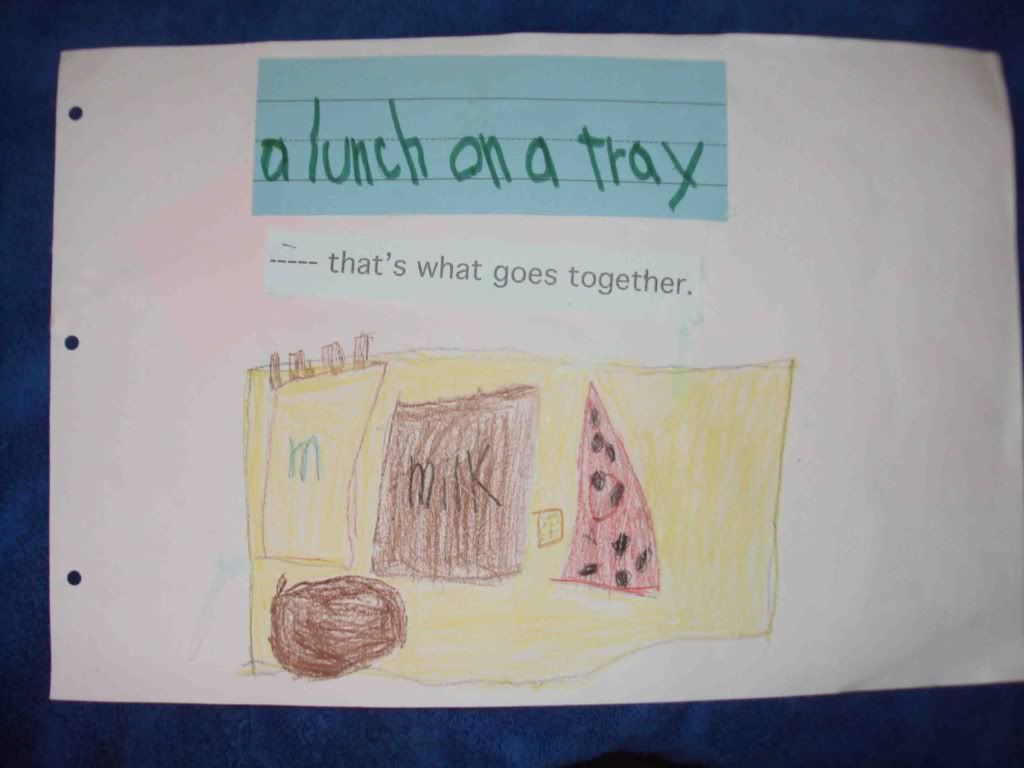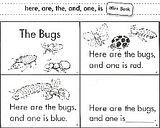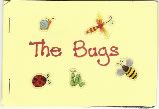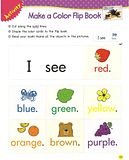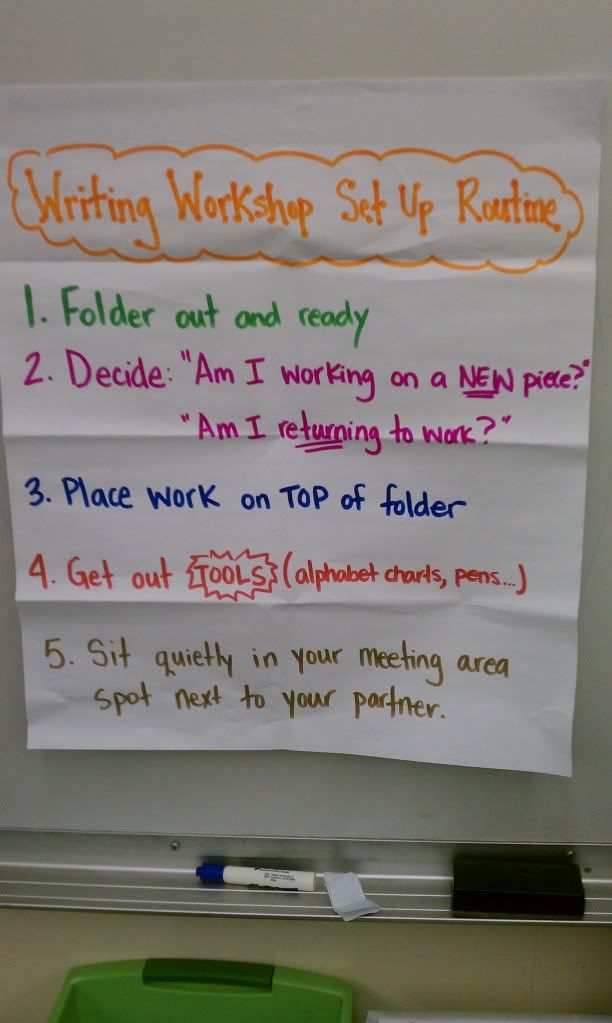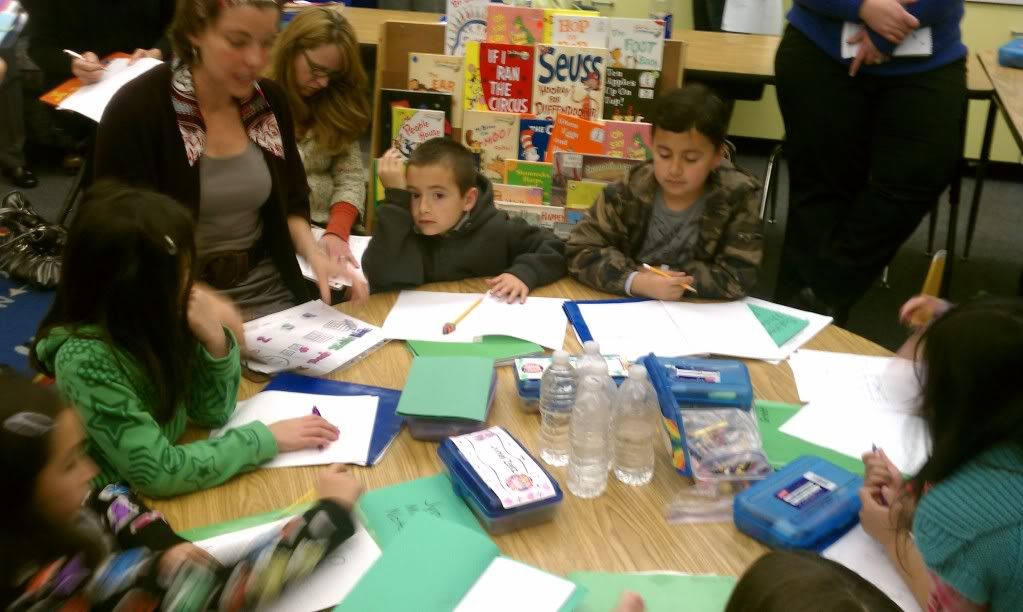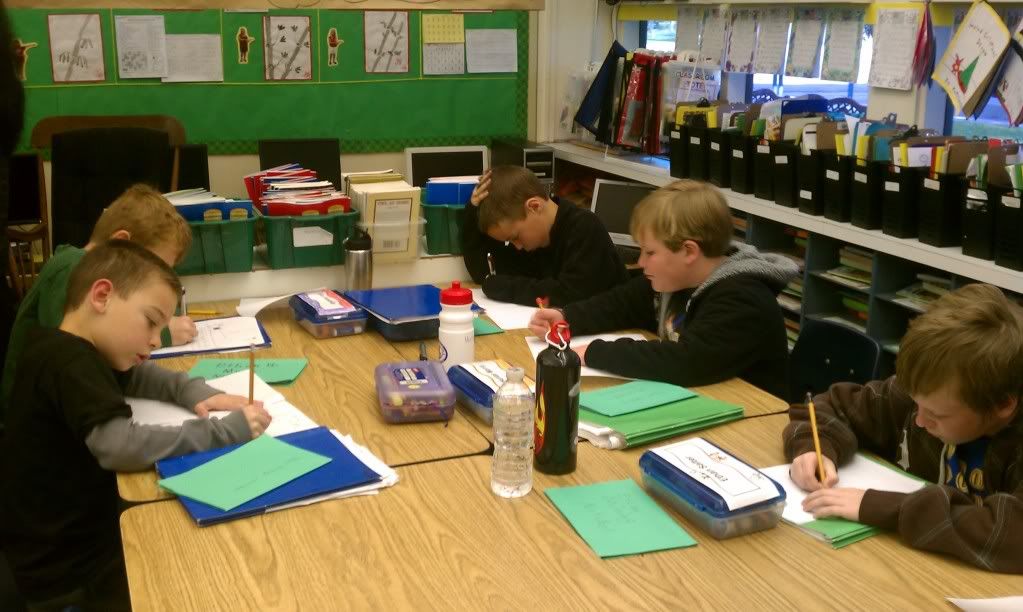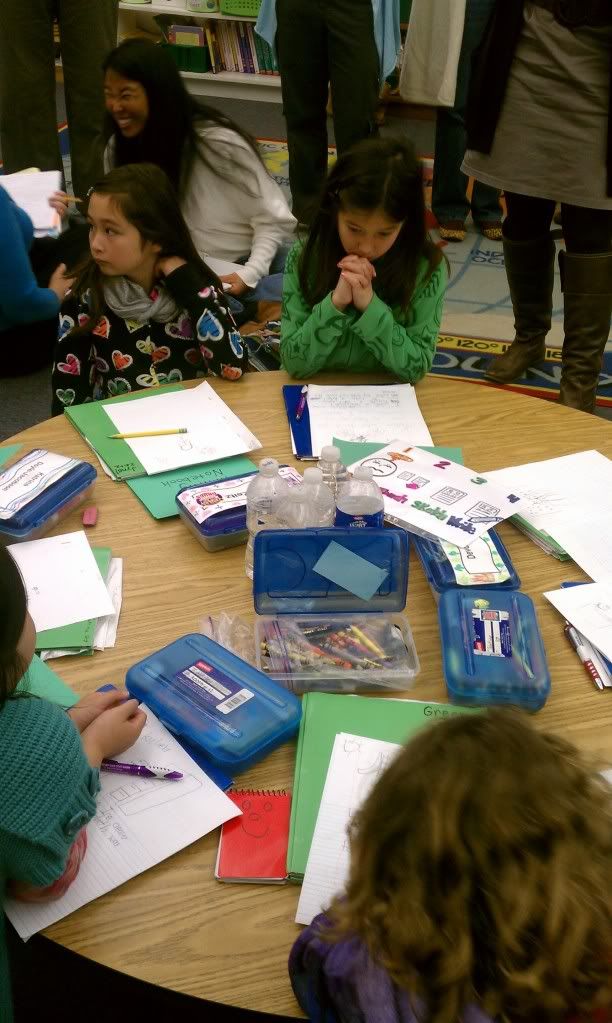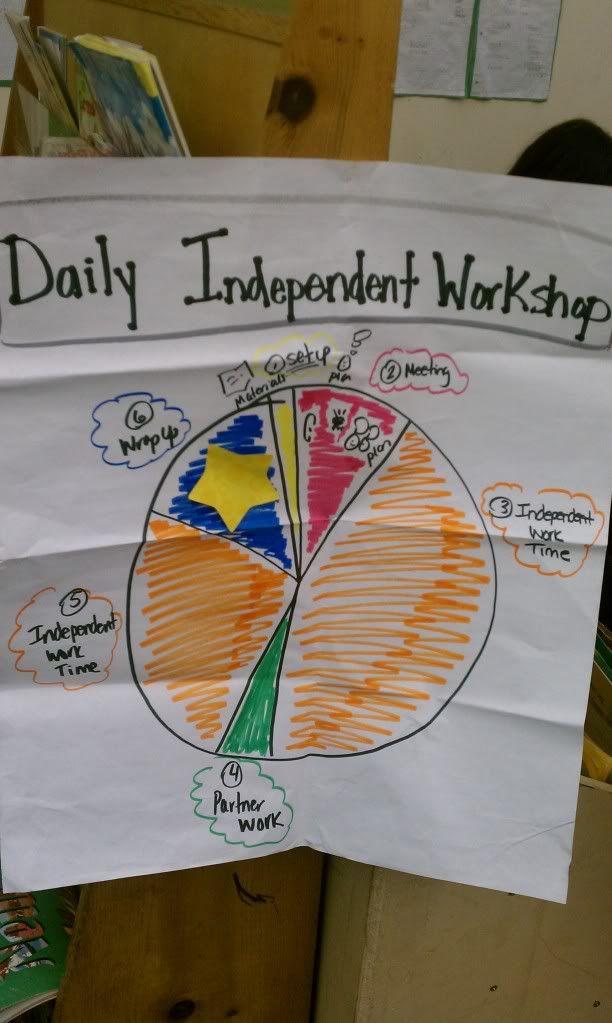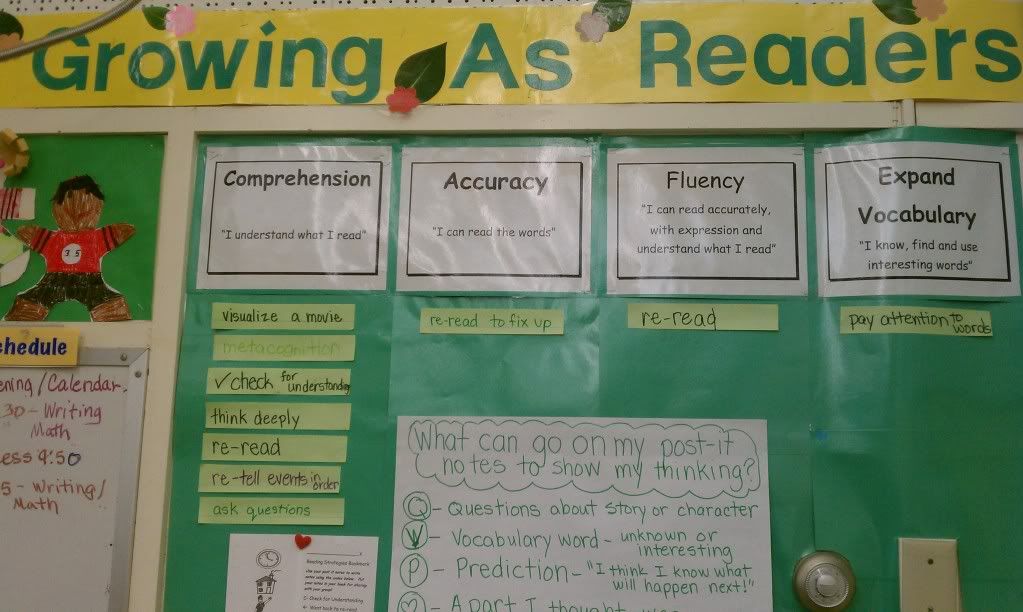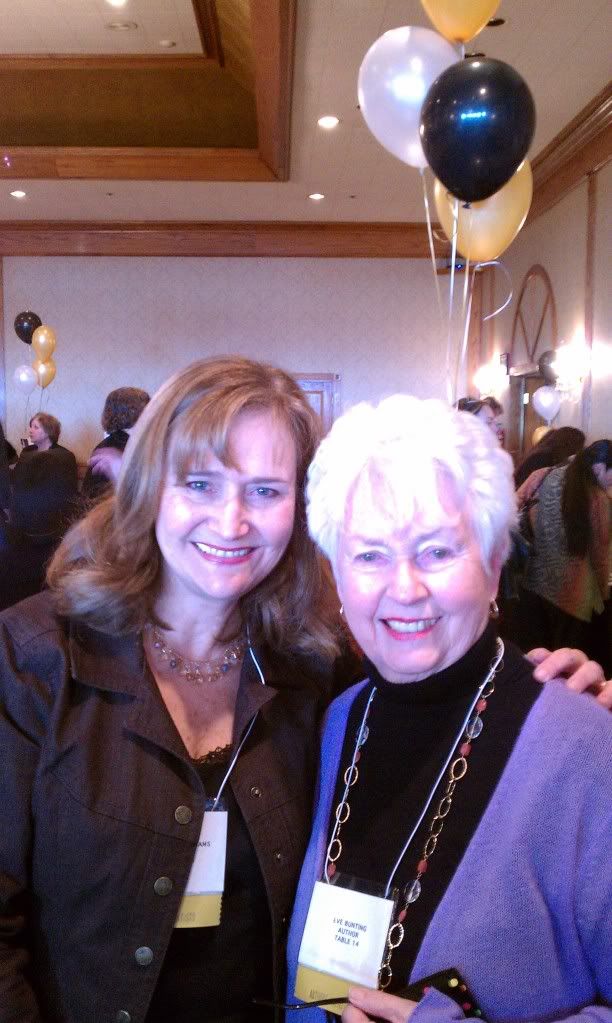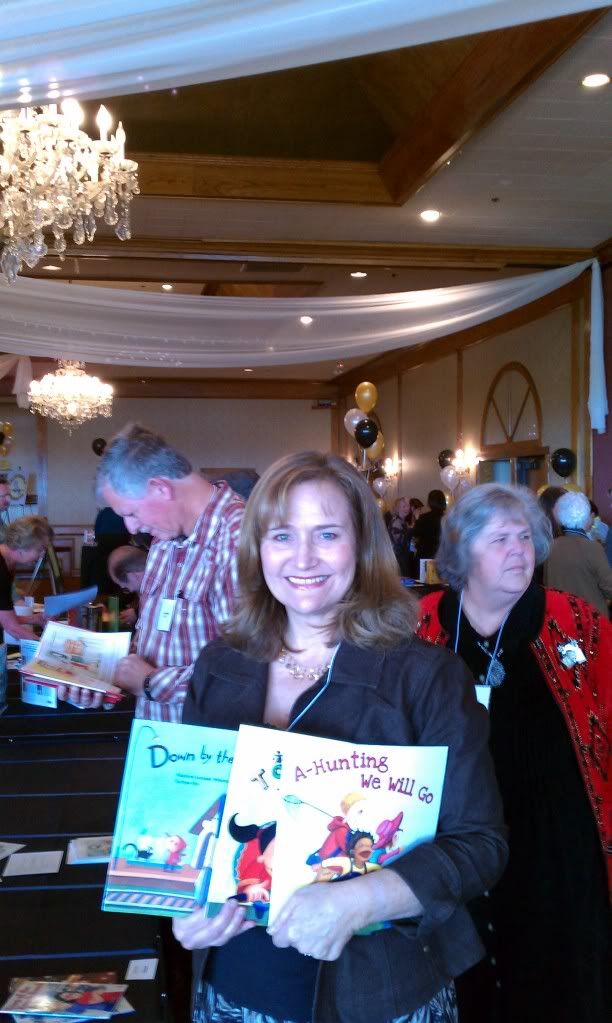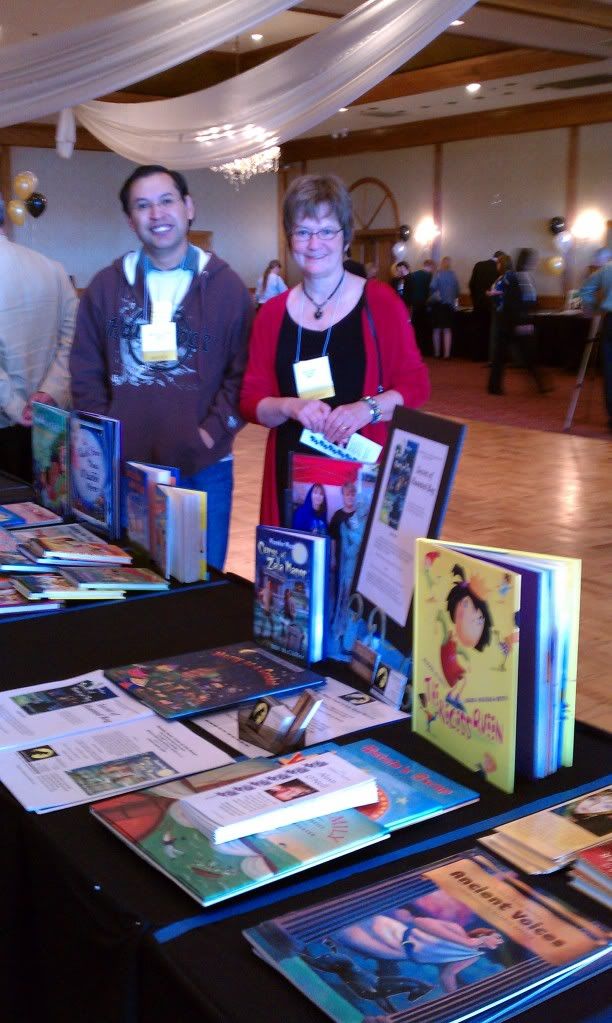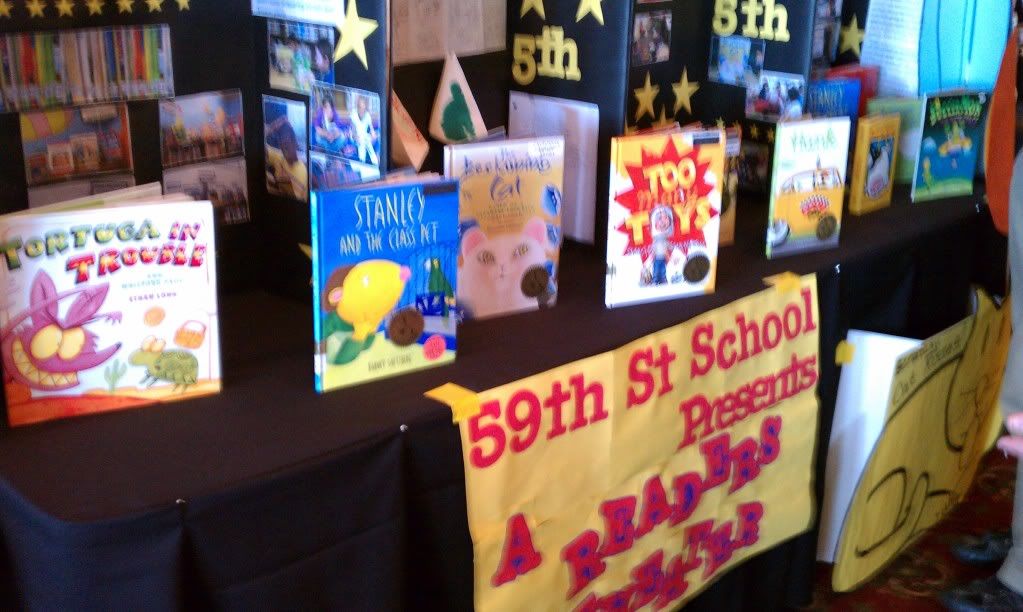Here are some thoughts as we approach the busiest travel day of the year!!
While I acknowledge that all the fun electronic stuff can be life-savers at times, please remember that there are many great ways to engage young children during those special times you share en route that will also boost their learning and thinking skills as well as nurture closer bonds.
Planes, Trains, . . .
Air travel can be challenging for anyone these days and more so with the little ones along. Be prepared!
* Pack a bag for your child with lots of goodies. Include snacks--healthy treats as well as a few of your child's favorite ones to pull out when needed as a diversion. Bring sippy cups and continually fill them with water or juice.
* Bring books--and lots of them! Bring books that your child can read on his/her own as well as some new read-alouds. Bring a few activity books with crosswords and other puzzles, as well as self-contained craft kits, card games, paper and crayons. Bringing a travel journal is also a lovely idea.
* Bring a few toys, including a favorite "huggable," as well as a few small new toys. Wrap every new item like a little present. The act of opening them will take time and enhance small motor skills.
. . . and Automobiles
Car trips can be a little easier on little ones, since you can stop frenquently and let them run around a bit. Along with the items listed above, books on tape are a wonderful activity for kids in the car. Listen along as well, so you can discuss the story and encourage your child to make predictions on what will happen next. When a child listens to a story, they have to create a picture in their mind of what is going on. This is a powerful way to build comprehension skills. That's why you should intersperse movie watching with books on tape when you're on the road. I also highly recommend music videos and CD's. Music accesses and stimulates different parts of the brain.

